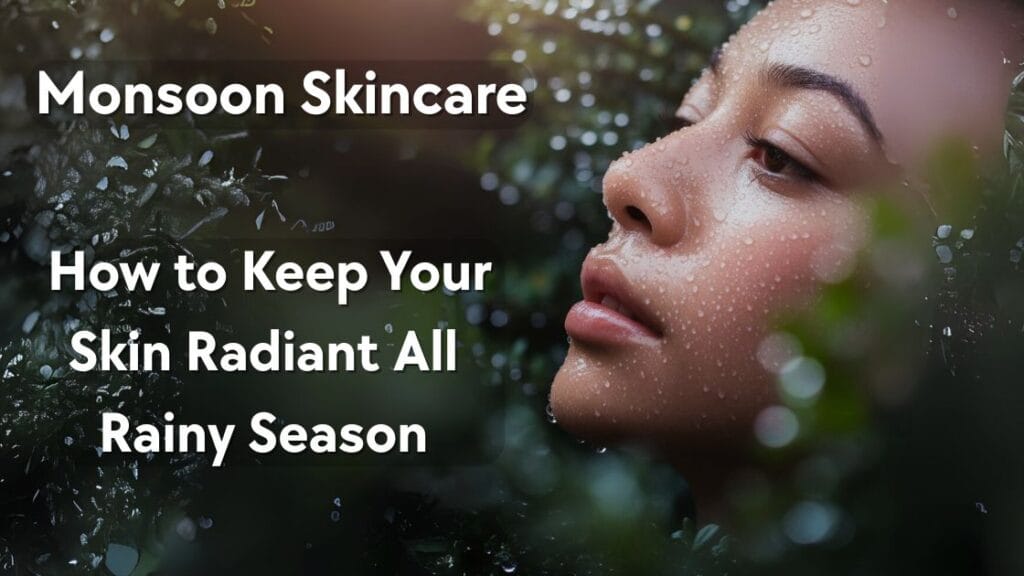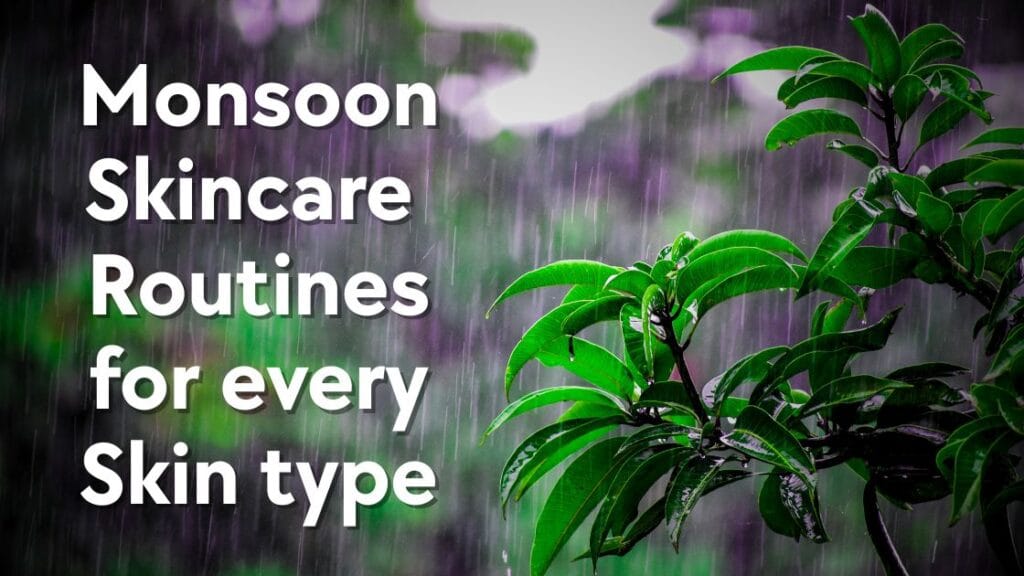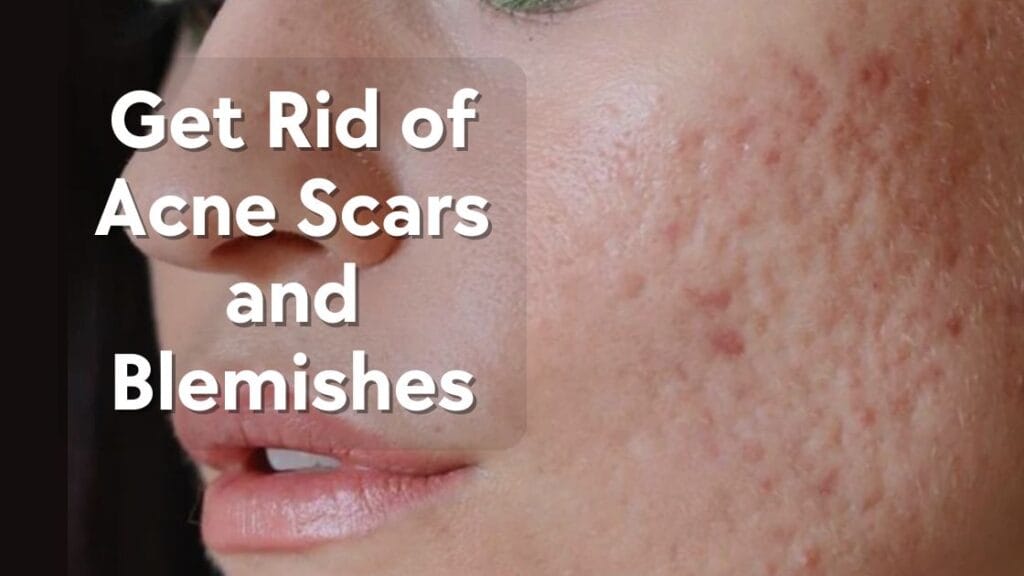Introduction
Hey friend. Ever see someone say, “Wow, niacinamide changed my skin!” and you wonder if that could be you? I’ve been there. Trying new serums, oils, actives, hoping dark spots fade, pores shrink, irritation eases. Sometimes nothing changes. Sometimes skin gets mad. But after years of testing, messing up, and learning the ropes, I’ve gathered what works (and how long “after” usually means).
This blog is a roadmap: what niacinamide really does, how long you have to use it to notice changes, what affects speed, and pitfalls so you don’t get discouraged. We’ll walk together with realistic expectations, science, and stories. You deserve to see results without feeling lost or frustrated.
What Is Niacinamide and Why It’s Hyped
Niacinamide is a form of vitamin B3, one of the B vitamins your body uses for lots of things. Your skin loves it because it helps in building the barrier, calming inflammation, reducing oil, evening tone, and fading pigmentation.
It doesn’t act like acids; it’s gentler, more forgiving for many skin types. It supports repair, helps reduce redness, and improves texture.
It’s popular now, seen in serums, moisturisers, and masks. But popularity sometimes burns expectations. “Instant glow” claims aren’t wrong, but not always the full picture. Some effects show quickly, others take weeks or more.
What Research Says About Timelines
These are average experiences (skin types, routines, and concentrations differ).
| Time | What Research & Clinical Trials Suggest You May Notice |
|---|---|
| Weeks 1-2 | Few users report mild improvements: skin feels more comfortable, gentle hydration, perhaps less redness. Some people may also feel tingling or slight irritation as the skin adjusts. |
| Weeks 3-4 | Texture smoothing begins. Pores may look less congested. Oil production might feel more balanced. Skin tone is starting to even out a bit. Some dark spots may look lighter or less intense. |
| Weeks 4-8 | More noticeable changes: breakouts may reduce, pore appearance improves, and redness or inflammation settles. Dark spots or acne marks continue to fade. Skin may look more luminous. |
| Weeks 8-12+ | Deeper improvements: more even complexion, fine lines may soften, skin barrier more resilient, and less reactivity. For many, this is where “before vs after” shows a clear visual transformation. |
It’s important: some studies look at 8 to 12 weeks of use to confirm strong visible changes. So if you try niacinamide and don’t see full transformation by week 4, that’s okay. It is part of the timeline.
What Affects How Fast You See Results
Your timeline might be faster or slower depending on some variables. Based on research + users’ stories:
- Concentration
Lower concentrations (2-5%) are gentler, slower, but safer for sensitive skin. Higher (like 10%) often show faster oil control or texture improvements, but the risk of irritation rises. - Frequency
Using niacinamide regularly (once or twice daily) accelerates progress. Skipping days slows things down. Consistency matters. - Overall skin routine + supporting ingredients
If you pair niacinamide with good sunscreen, hydration, gentle cleansing, barrier supportive actives (e.g. ceramides, hyaluronic acid), results are better. If you’re using many irritating products or not protecting yourself from the sun, progress gets blocked. - Skin type & baseline condition
If your skin has severe acne scars, pigmentation, or frequent breakouts, it may take longer. If your skin is mostly healthy, just needing glow / minor issues, you may see earlier changes. Also, sensitive skin types may need to start slow (lower strength, less frequent) to avoid setbacks. - Lifestyle and external factors
Sleep, diet, stress, and environment (pollution, sun exposure) impact the rate of improvement. Even good product use can be compromised by sun damage, poor sleep, or an inflammatory diet.
My “Before & After” Journey
I want to share my real story so you don’t feel I’m preaching from lab tests only.
When I first started using niacinamide, I had combination skin: oily T-zone, dry cheeks, and post-acne marks on my cheeks. I used a 5% serum every night (just a few drops) after cleansing and a light moisturiser. In weeks 1-2, I noticed my cheeks were less flaky, and my skin felt gentler to the touch. By week 4, some small breakouts had reduced, and oil levels were lower mid-day. By week 8, I looked at photos and saw that the dark spots were softer, skin tone was more even, and the pores around the nose seemed less visible. I didn’t expect a miracle overnight, but two months in, I felt more confident going out without heavy makeup.
Then I messed up: I added a harsh exfoliant at week 6 while using niacinamide. My skin reacted: redness, dryness. I paused exfoliant, added barrier repair (more hydration, fewer active nights). That setback taught me: niacinamide helps a lot, but going too aggressively elsewhere can reset progress. After resuming carefully, week 12 felt stable, better, glowing.
How to Use Niacinamide to Maximise “After” Results
To help you get there without burning out or irritating your skin, here’s how I suggest using niacinamide smartly.
- Start with a patch test: apply on a small area (jawline) for 24-48 hours. If no irritation, move ahead.
- Choose strength wisely: for beginners or sensitive, 2-5%. If you’ve used actives before and your skin tolerates them well, you might try higher strengths.
- Frequency: begin with once per day or every other day. After 2-4 weeks, if the skin handles it, you can increase.
- Layering order: apply niacinamide after cleansing, before thick creams or oils. If using other actives like retinol or acids, either alternate nights or ensure your niacinamide formulation is supportive.
- Always use sunscreen in the morning. UV undoes many benefits of brightening/pigmentation betterment.
- Supporting skin barrier: moisturiser, gentle cleansers, and avoiding over-exfoliating help speed up results and reduce irritation.
- Monitor for signs of irritation: itchiness, burning, persistent redness. If that happens, reduce frequency, strength, or discontinue for a bit.
What “After” Won’t Be Manage Expectations
So that you go into this with eyes open:
- Dark spots/hyperpigmentation might fade but won’t disappear entirely, especially deep pigment or scars.
- Niacinamide isn’t an acne medicine for everyone; severe acne often needs stronger treatments (topicals, prescription).
- It’s not an “instant fix.” Photoshopped before/after claims often skip lighting, editing, and filters. Real skin takes time.
- If other factors are off (sun exposure, health, diet), you might see slower or incomplete change.
FAQs: People Also Ask
Here are 10+ common questions people ask with honest answers.
- Can I see results in 2 weeks?
Yes, some people notice small changes like hydration or less redness by 2 weeks. But substantial changes often take more time. - Is niacinamide safe to use every day?
For most people, yes, once skin is used to it. Starting gradually is safer. Daily use at moderate strength (about 5%) is common. - What % of niacinamide works best for acne or dark spots?
Studies often show 4-5% helpful for pores, oil control, and pigmentation. Higher % (8-10%) may act faster but also risk more irritation. - Can niacinamide reduce pores?
It won’t shrink pore size permanently, but can make them look smaller by reducing oil and smoothing skin texture. - Will niacinamide help with fine lines and wrinkles?
It may improve the appearance of fine lines over time by supporting the barrier and boosting skin resilience. But dramatic wrinkle reductions may need stronger actives. (Retinol, peptides). - Can I use niacinamide with retinol and acid?
Yes, many people do. Niacinamide often helps buffer irritation from retinol. But layering too many strong things without care can cause irritation. Use gradually. - Does niacinamide cause redness or tingling?
Sometimes. Especially with higher strengths or when the skin is sensitive. If mild, may settle; if severe, reduce usage. - What if my skin gets worse before it gets better?
It could be “purge” (if using other actives) or irritation. If irritation persists, pause or reduce. If purging often clears out, then improvement. - When should I give up and see a dermatologist? If, after 8-12 weeks, you see no improvement or you have persistent irritation, scarring, or pigment that’s deep, talking to a professional helps.
- Is niacinamide good for sensitive skin?
Usually yes. One of its strong points is tolerance. But sensitive skin should start with a low strength, patch test, and avoid mixing too many actives. - Can niacinamide help with acne scars / post-inflammatory hyperpigmentation?
It can help fade dark spots left after acne, reducing pigment transfer and lightening existing patches over time. But textural scars (deep indentations or raised scars) may need other interventions.
Real World Tips: To Get That “After” Without Oops
Here’s what I did / what other users say works well.
- Use a mirror photo weekly. Lighting is the same if possible. Helps you see small changes you might overlook day to day.
- Limit layers: sometimes simplifying your routine, while adding niacinamide, helped me see results faster due to reduced irritation.
- Moisture and sleep matter. One night of poor sleep + sun exposure can offset what you achieved during the day.
- Protect from the sun aggressively. Niacinamide helps with pigment, but the sun makes pigment darker. So SPF and sun care are non-negotiable.
- If irritation arises, reduce the strength and frequency. Maybe every other night. Use soothing ingredients like ceramides and aloe.
Conclusion
“After” with niacinamide doesn’t mean overnight, but it does mean real change if you are consistent, careful, and patient. In roughly 4-8 weeks, most people see smoother texture, lower oil, and some even-tone improvement. By 8-12 weeks, changes deepen: pigmentation fades, skin feels calmer, barrier becomes more resilient.
If you start using niacinamide, expect little wins first: less redness, more comfort. Don’t get discouraged if a major change takes longer. Let your routine support you. And remember: glowing skin isn’t perfect skin, it is skin that feels good, looks healthier, and you feel more like yourself in it.
TL DR Summary Box
| Good sunscreen, gentle cleanser, barrier support moisturiser | Fast Real Answer |
|---|---|
| Good sunscreen, gentle cleanser, barrier-support moisturiser | 2-4 weeks hydration, some smoothing, less irritability |
| When are deeper changes visible? | 8-12 weeks pigmentation fading, better texture, stronger barrier |
| Best strength to start? | 2-5% is a safe start; 5-10% if tolerant |
| What to pair with? | Good sunscreen, gentle cleanser, barrier support moisturizer |
| Common pitfalls | Overuse, high strength too soon, mixing too many actives, skipping sun protection |





